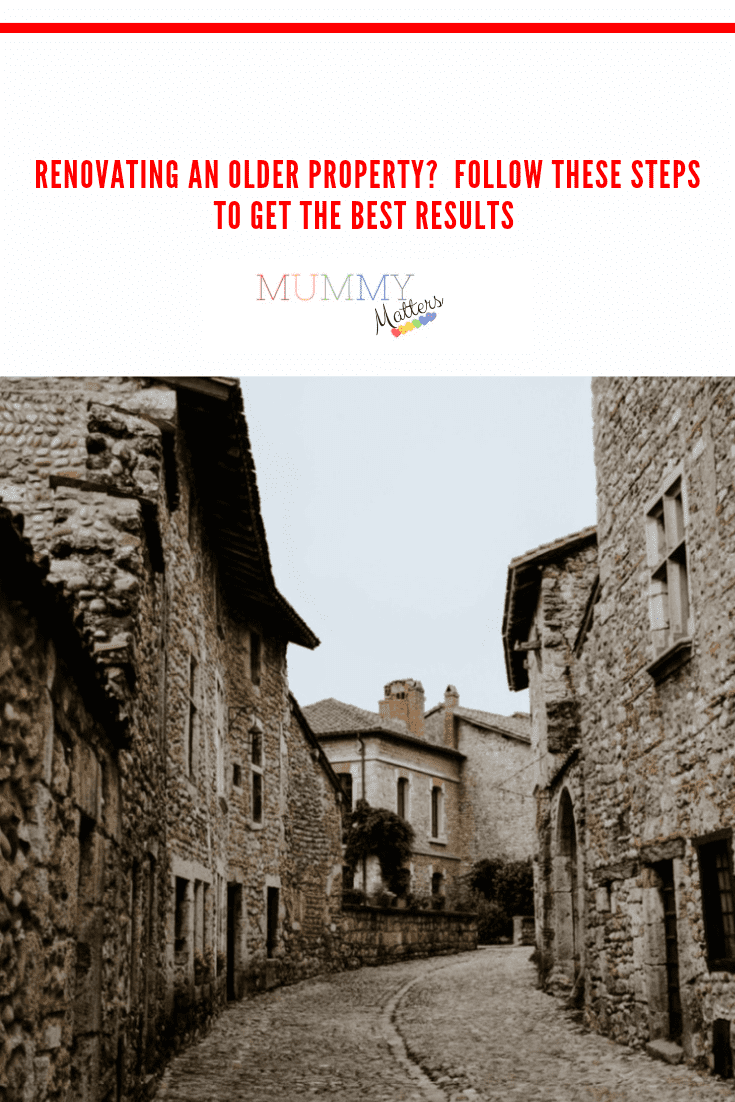Older properties have a certain charm that new buildings simply don’t possess, so, unsurprisingly, they are popular with people wanting to renovate them and bring them back to life. Thankfully, figuring out how to renovate an old home in the best possible fashion doesn’t have to be as difficult as you might initially expect, as this guide contains some of the best tips and tricks that you can make the most of to transform a traditional property no matter how tired and creaky it may be! So, if you’re interested in discovering more, simply read on.
Set Yourself A Budget
Before you even think about starting any renovation work, you need to set yourself a budget that you can stick to throughout your project. It’s far too easy to go overboard and spend crazy amounts of money trying to get the best results for your renovation work, but if you don’t have an endless pot of cash to dip into, then this simply isn’t going to work. Think about any tradesmen you will need for your project, and factor in materials and furnishings so that you don’t miss anything important. Try to implement a few money-saving hacks if you have a smaller budget to play with, as doing things like up-cycling your old furniture in a style that suits your property’s aesthetic might be a good way for you to stick to your budget.
Start From The Top
It’s always a good idea to start from the top when you’re renovating an older home, as you need to make sure your property is watertight so that bad weather doesn’t wreak havoc on your structure. Finding top quality roof restoration services should be your first priority. This way, you can maintain your original roof rather than fork out a new replacement that might not fit your property’s general aesthetic. When you can be certain that your roof is in tip-top condition, you can press on with the rest of your renovation work with ultimate peace of mind.
Check Your Insulation
In many old homes, insulation is nowhere to be seen; in others, it’s degraded and disintegrated over time. It’s always vital that you can take the opportunity to check your insulation when you buy an older property for this reason, as you need to make sure that you and your family are going to be warm and cosy during the cold winter months. Lacking insulation will mean your home’s emergency efficiency level is extremely poor, and you’ll have to pay above and beyond for your winter heating bills if you fail to invest in quality insulation.
Find Period-Friendly Decor
If you know what period your home was originally built in, it can be a good idea to find period-friendly decor that originates from around the same time. This will match up perfectly with the features both inside and outside your home, and it will help your renovation flow perfectly. Investing in too many modern pieces can have the opposite effect, making your decor stand out terribly from the background as if it’s not meant to be there. The best sources you can explore to source period-friendly decor are flea markets, estate sales and online vintage sites, but you can also visit thrift stores if you’re working on a tight budget!
Take Things Slow
When renovating an older home, it’s always a good idea to take things slow to ensure you are doing the best job possible. Many aspects of an older home may be weaker or more delicate when compared with a new modern property, so you need to bear this in mind whenever you are performing work inside your property. This means that builders shouldn’t be crashing down the stairs with heavy machinery, as they could easily buckle under the force is made from old wood. Tradesmen need to take the utmost care when dealing with your older property, so make sure they take things slow and steady – it’s not a race!
Following the brilliant steps carefully described above when renovating an older property will help you achieve the best possible end result, so what are you waiting for? Get out there and start your next renovation project today so you can breathe new life into an older home in no time!


